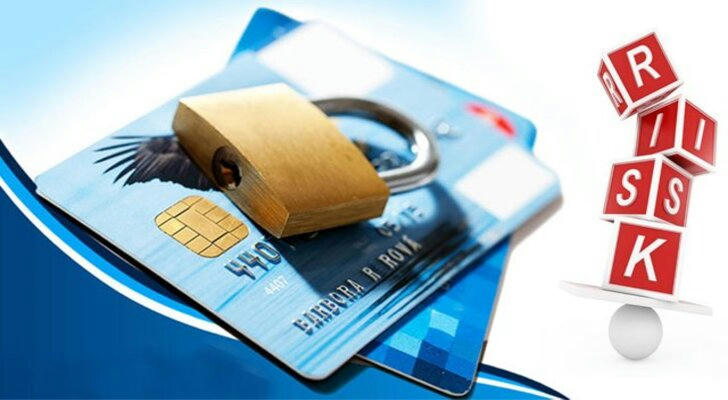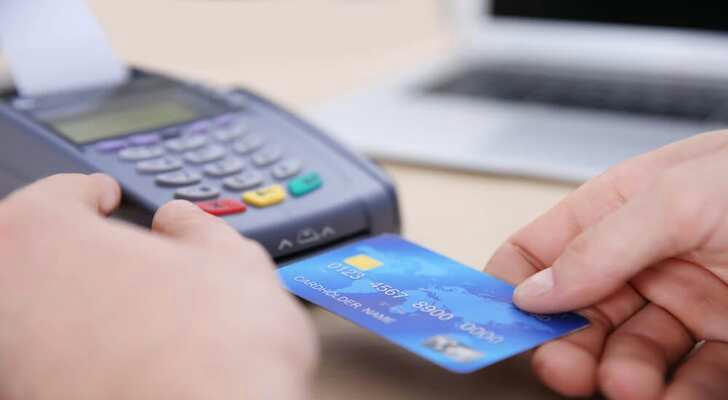Overdraft and High Interest Rates: The Two Biggest Risks in Using Credit Cards
Credit cards offer flexibility and convenience. They allow users to buy now and pay later, manage cash flow, and build credit history. However, they also come with hidden dangers. Among these, overdrafts and high interest rates are the two biggest financial threats that can quickly spiral out of control if not managed properly.

1. Understanding Overdraft: A Trap for the Unprepared
What is a Credit Card Overdraft?
Unlike a bank overdraft, which is typically a planned extension of credit, credit card overdrafts occur when users spend more than their available credit limit. This might happen due to poor tracking of expenses or automatic payments that exceed the remaining balance.
The Consequences of Overdrafting
Overlimit Fees: Many issuers charge fees if you exceed your credit limit.
Lower Credit Score: High credit utilization (often above 30% of your limit) is a major factor in calculating your credit score. Going over the limit shows financial instability.
Reduced Future Credit: Frequent overdrafting can lead to a reduction in your credit line or rejection of future credit applications.
How to Avoid Overdrafting
Track Spending Regularly: Use mobile banking or budgeting apps to monitor balances in real-time.
Set Alerts: Most credit cards allow you to set up notifications when spending hits a certain threshold.
Stay Within 30% Usage: Experts recommend keeping your credit use below 30% of your limit to protect your credit score.

2. High Interest Rates: Silent Accumulator of Debt
The True Cost of Credit Card Interest
Credit card Annual Percentage Rates (APRs) often range from 15% to 25% or more. Unlike loans, interest is charged monthly on unpaid balances, which can quickly compound.
For example, carrying a $1,000 balance at a 20% APR and only making minimum payments could take years to pay off and cost you hundreds in interest.
Factors That Increase Interest Costs
Late Payments: Missing a due date can trigger penalty interest rates, which are often higher than the standard rate.
Cash Advances: Using your card for cash withdrawals incurs immediate interest, with no grace period.
Introductory Offers Ending: Many cards offer low or 0% APR for a limited time. Once this period ends, interest kicks in—often retroactively if not managed carefully.
Strategies to Minimize Interest Payments
Pay in Full Monthly: This is the best way to avoid interest entirely.
Use Balance Transfer Offers Wisely: Some cards offer 0% interest on balance transfers for a limited time. This can help reduce the burden of existing debt.
Avoid Cash Advances: They come with higher interest and no grace period.
3. When Overdraft and Interest Work Together
The Dangerous Cycle
When overdrafts and interest charges combine, they can trap users in a debt cycle:
A user overspends and exceeds their limit.
Overlimit fees are applied.
The remaining unpaid balance starts accumulating interest.
If only the minimum is paid, most of the payment goes to interest, not principal.
Debt continues to grow—even without new purchases.

Real-World Example
A report from the Consumer Financial Protection Bureau (CFPB) showed that users who regularly carry a balance pay hundreds of dollars more in interest and fees annually than those who don’t. Many of these users also have high credit utilization rates, which damages their credit over time and leads to even higher interest rates in the future.
4. Protecting Yourself: Smart Credit Card Practices
Stay Informed
Read your credit card agreement carefully. Understand when and how interest is charged.
Check your billing statement every month for accuracy and unexpected charges.
Create a Repayment Plan
Snowball or Avalanche Methods: These are proven strategies to pay off debt. Snowball focuses on the smallest balances first, while avalanche targets the highest interest rates.
Automate Payments: Ensure at least the minimum is paid on time to avoid late fees and rate hikes.
Use Credit for Benefits, Not Dependency
Use credit cards for planned purchases, not emergencies or unaffordable expenses.
Take advantage of rewards and cashback only if you can pay off the full balance each month.
Conclusion
While credit cards can be powerful financial tools, overdrafts and high interest rates remain two of the most dangerous risks for users. Overspending beyond your limit and letting interest accumulate can quickly damage your credit and financial stability. By understanding how these risks work and taking smart, proactive steps to avoid them, you can use credit cards to your advantage—not at your expense. Always spend wisely, pay on time, and treat your credit card as a tool—not a crutch.
